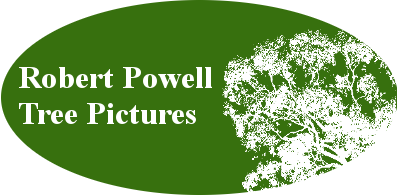

Wheatbelt and Goldfields
The Western Australian Wheatbelt is a large region extending from near Kalbarri to the Stirling Ranges, and east to Southern Cross and near Ravensthorpe. In the Geraldton region it comes right to the coast; at the latitude of Perth it begins east of the Darling Range. The Goldfields extend eastwards from the central/southern part of the Wheatbelt. The rainfall ranges from about 500 mm, in the moister, western parts of the Wheatbelt, to less than half of that, in parts of the Goldfields. Summer temperatures are high, making the climate at best semi-arid.
In these conditions eucalypts flourish. The Wheatbelt alone is home to 159 eucalypt species and subspecies (French, 2012), with many additional species occurring in the Goldfields. Some grow as trees, others as mallees — smaller and more shrubby, with several stems arising from an underground lignotuber.
The historical photographs here show a few of the better-known eucalypts and other trees. The Wheatbelt is now very much cleared for farming, and the trees that remain are mostly along roadsides or scattered in paddocks. Bushland is largely confined to small reserves with rocky or infertile sandy soil — interesting places botanically, but not representative of the Wheatbelt as a whole. One of the pictures, of the Carnamah area before clearing, shows a more typical sample of the vegetation.
The pictures focus on the following tree species, in their order of first appearance: York gum (Eucalyptus loxophleba), flooded gum (Eucalyptus rudis), salmon gum (Eucalyptus salmonophloia), coral gum (Eucalyptus torquata), desert kurrajong (Brachychiton gregorii).